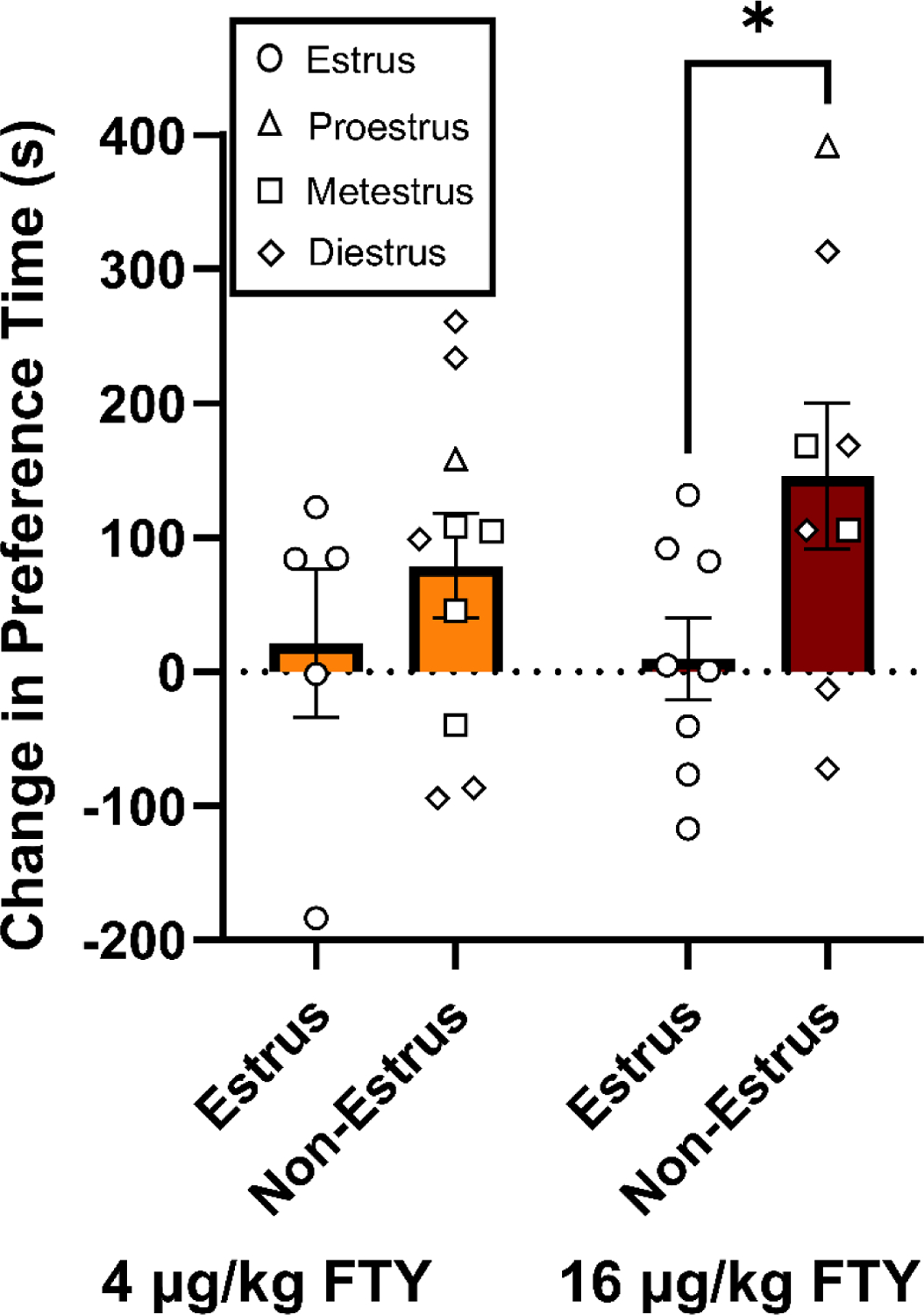Figure 4. Estrous cycle phase during the first treatment of high dose fentanyl (FTY) predicts later fentanyl preference in the conditioned place preference (CPP) paradigm.

(A) Among the female rats administered low dose (4 μg/kg) or high dose (16 μg/kg) fentanyl-paired context, estrous phase (i.e., estrus vs. non-estrus) at initial fentanyl exposure during conditioning was predictive of subsequent fentanyl preference as a main factor. Post hoc analysis showed that the change in preference for the fentanyl-paired context in the CPP paradigm was significantly different between estrus and non-estrus groups in females given high dose fentanyl (*p < 0.05). Bar graphs display means ± SEM, with unique symbols representing individual estrous phases of females.
